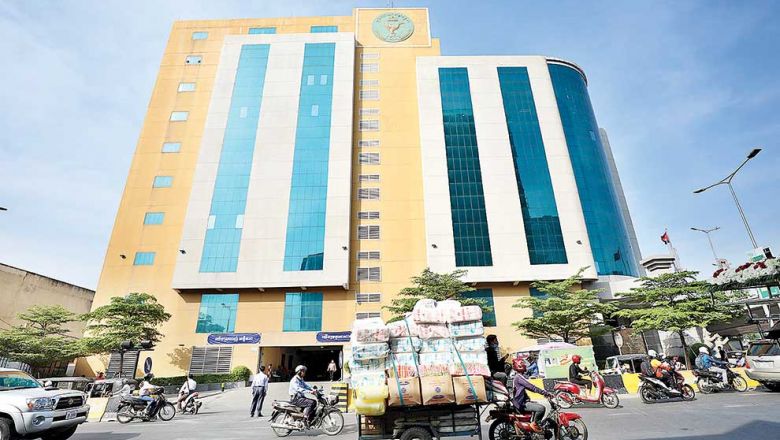A little insurance to hedge risk
A little insurance to hedge risk
Prévoir, previously operating as Prévoir Kampuchea Micro-life Insurance Plc (PKMI), recently celebrated its fifth anniversary in the Kingdom. The Post’s Kali Kotoski spoke to Solène Favre, CEO of Prévoir, about how the micro-insurance provider operates and the company’s growth during its first five years.
Why did PKMI rebrand as Prévoir?
We wanted to align with our mother company in France, which has undergone a new identity and new logo, and then we took this opportunity to align all our operations in France, Portugal and Vietnam. Cambodia was the last to take on the new company identity.
How have Cambodian operations grown in the last five years?
In the five years that we have had the licence for micro-insurance it has been great. We just crossed the 300,000 active policy-holder mark. And in terms of insured, we have 127,000 clients. What that means is that for those that are insured, they generally have more than one policy. In terms of revenue, Prévoir doubles its turnover each year and at the end of October we just crossed $1 million mark, compared to last year’s revenue of $620,000. So we predict for 2016 we will end with revenue of about $1.3 million.
How has the company improved its services?
We have improved a lot in our processes in terms of quality of services. Last year, we were only in 15 provinces. Now we are nationwide in all 25 provinces. In terms of staff, we went from 30 last year to hopefully over 100 by the end of this year. In each province we have staff members to help our clients.
How do costs differ for corporate and MFI clients?
For MFI clients our packages start at $6 per year, and for corporate clients they start at $33 per year. Of course the different costs provide different benefits. But for MFIs we design our products on the capacity of clients’ ability to pay, at $6, $12 to $18 per packages
What are the main channels for product distribution?
We work through two main channels: insuring staff that work for companies, and for microfinance institutions. Corporate policy-holders only represent 20 percent of our portfolio, while the other 80 percent comes from the MFIs. Currently, we are partnered with eight MFIs. Also, we now have over 200 certified health facilities approved by us for hospitalisation.
How do you ensure that both health facilities and the insured do not abuse your services?
We have to make sure that people that are being admitted really need to be. For certain things like a light fever they do not need to go to a hospital. We fight hard against that because hospitalisation is something that is serious. It is not just going to the doctor for a check-up.
But generally we have to negotiate with health facilities so that they understand our protocols. If we have a health facility that is breaking the rules and admitting people that don’t need to be, we warn them and then remove them from our network if they do not improve. Right now, we have five health facilities under scrutiny and we removed two last year from our network.
With the government working on legislation for bancassurance how do you hope a new law could increase growth?
We are really keen on having this regulation because of course bancassurance is a really good tool to transmit our products. But we will have to wait to see what the actual legislation looks like and if it will allow us to operate on a referral basis or allow financial institutions to sell our products.
Our company in Vietnam already operates with the bancassurance model. So if it is adopted here it would show maturity in the Cambodian market for financial services.














